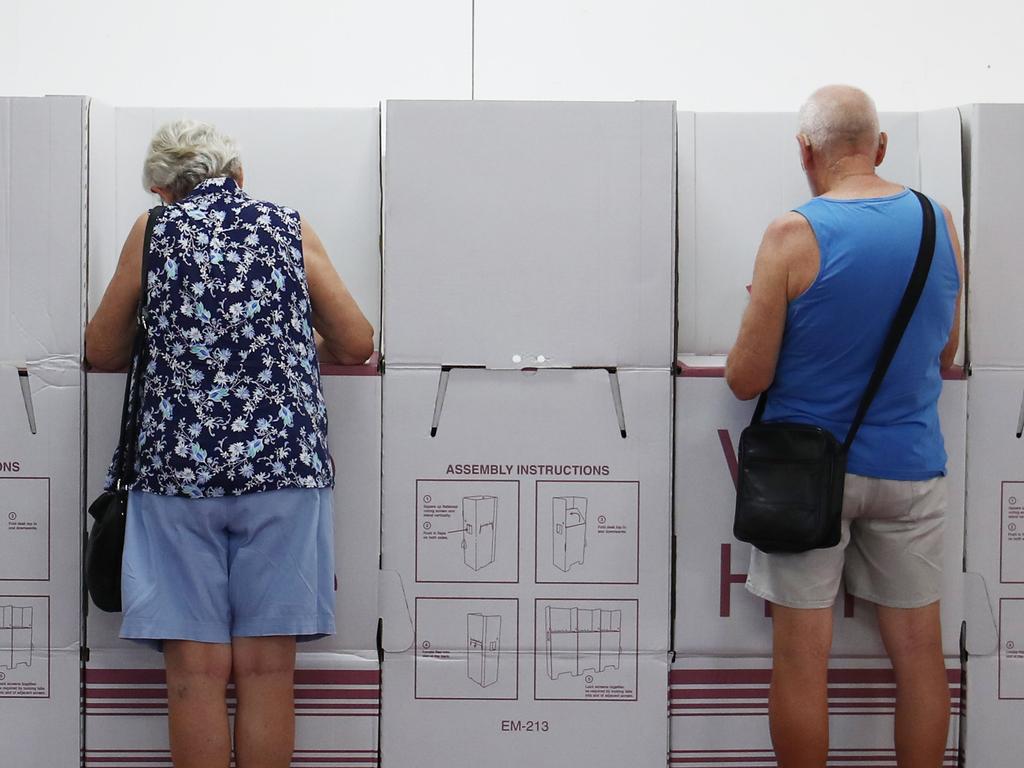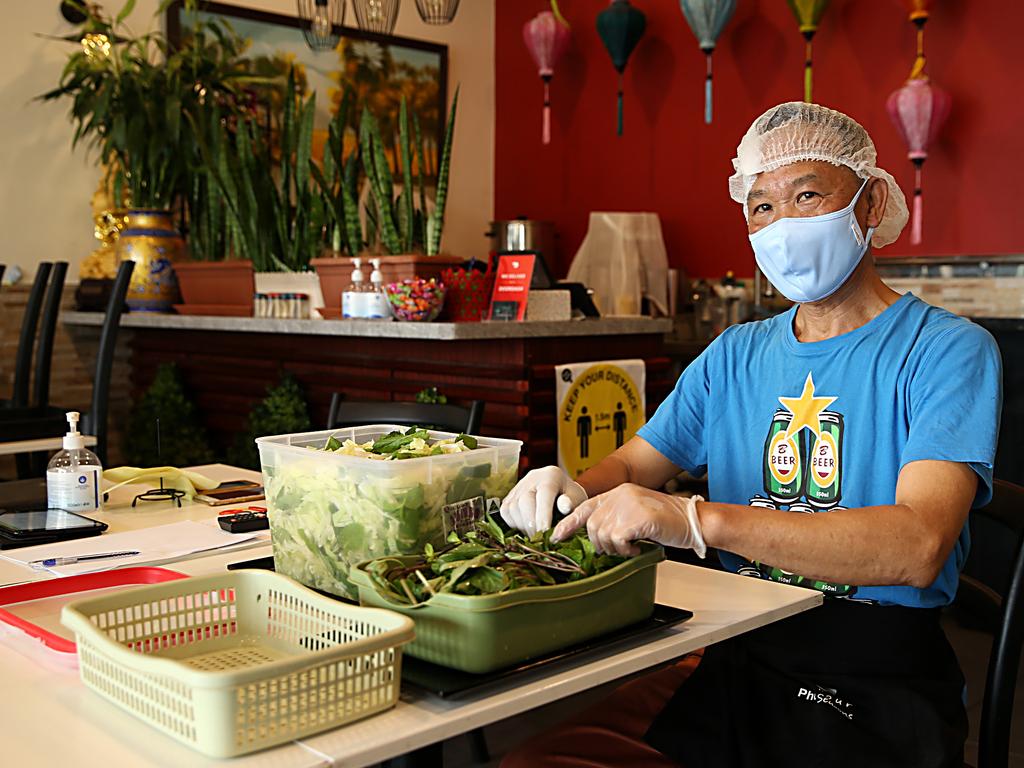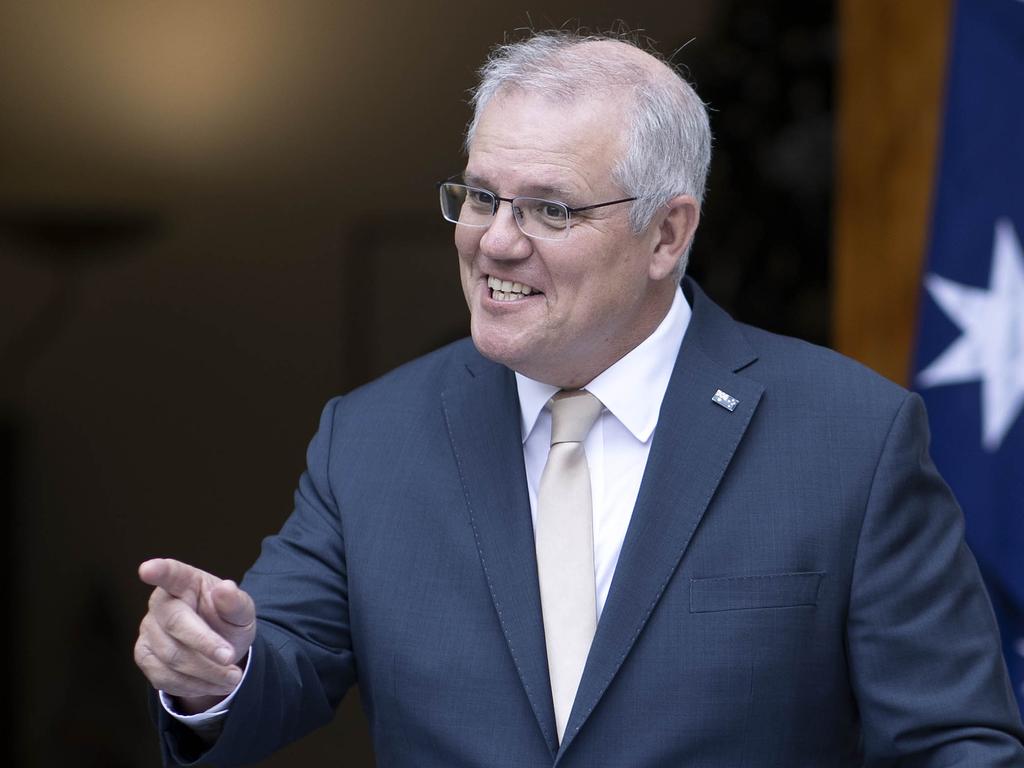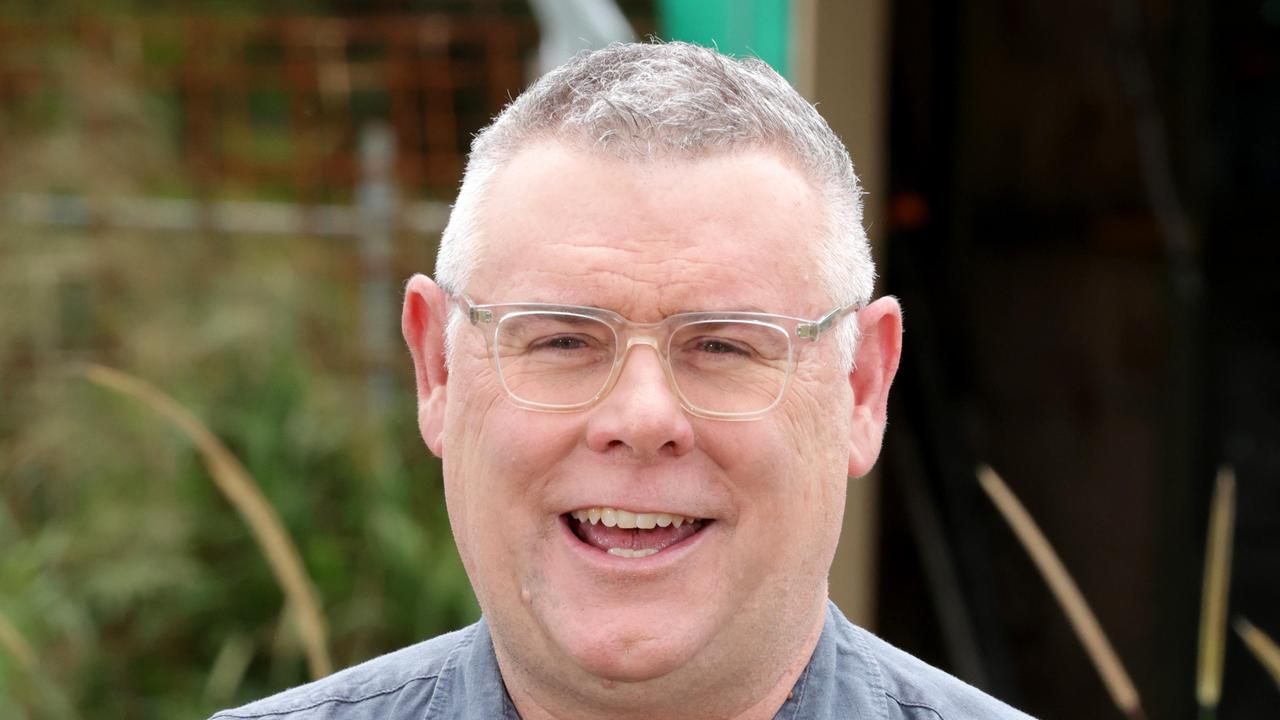Coronavirus: Quarantine driver fleet split to stop spread of infection
Health authorities in NSW have established a separate fleet to transport returned travellers.
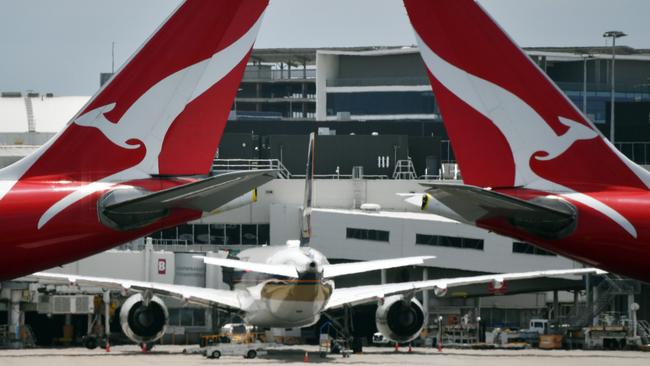
Health authorities in NSW have established a separate fleet to transport returned travellers in a bid to stem the leakage of COVID-19 from the quarantine program, with concerns over a steep increase in infections among overseas arrivals.
The move is to ensure that hotel quarantine drivers never undertake other patient transports from NSW Health facilities, after it was revealed the Berala cluster in Sydney’s west began when a team member visited a suburban liquor store while unknowingly infectious before Christmas.
That was the fourth breach of Sydney’s international arrival and hotel quarantine system in a month, with the northern beaches cluster also traced back to a traveller who returned from the US in early December.
Despite officially recording no new coronavirus cases in the state in the 24 hours to 8pm on Sunday, NSW chief health officer Kerry Chant said two infections would be included in Tuesday’s numbers.
One was a man in his 40s who had visited BWS Berala, while the other was a woman in her 40s who had “some association” with the bottle shop, Dr Chant said.
Fragments of COVID-19 were also detected at two treatment plants covering 63 suburbs in Sydney’s west.
The number of new cases in returned travellers had been falling since March in line with travel restrictions but has spiked sharply in the past two weeks. In the week to Boxing Day, there were 49 coronavirus cases in returned travellers, a 36 per cent increase over the previous seven-day period. In the past week there have been an additional 43 cases among overseas arrivals.
“We’re making sure there is a complete separation of staff that are involved in transferring these high-risk patients of COVID from any other staff that are involved in any other functions, so we are doing our best, Dr Chant said. “It does require additional vigilance.”
Dr Chant said the transport worker responsible for the Berala cluster was to the best of her knowledge wearing personal protection equipment while in contact with the infected traveller.
“We are seeing more infections in our returning travellers, and while we regret any transmission event, we need to learn from it and it re-enforces our infection control practises,” she said.

Despite the increase in cases among returning travellers – and a more virulent strain circulating among some – HealthShare NSW, a part of NSW Health, said testing of transport drivers was being conducted only weekly.
“Weekly surveillance testing has been introduced for all staff involved in the transport of returned travellers,” a HealthShare NSW spokeswoman said.
“A separate fleet has been established to undertake the transport of returned travellers … this ensures that at no time will these crews undertake other non-emergency transports from NSW Health facilities and the community.”
NSW Health said the Berala infection was first passed from a family of returned travellers with COVID-19 to the patient transport worker. The worker then passed the virus to a colleague, who attended the bottle shop for a “short amount of time” on December 20.
Catherine Bennett, an epidemiologist at Deakin University, said contact tracers were likely investigating “air flow and ventilation” inside the liquor store as they try to identify the transmission event that sparked the Berala BWS outbreak.
“You just need someone who is at the peak of their infection period and someone who sheds virus very efficiently to trigger a spreading event,” Professor Bennett said. “Or was it because we had an incredible one in a million situation where everything just worked perfectly in the virus’s favour, or is there something else behind this?”
Burnet Institute researcher Mike Toole said it was “rare” for COVID-19 to be transmitted on shared surfaces such as wine bottles, something which had only been documented in a lab.
“The most likely scenario is that the first customer had a lot of virus and was highly infectious,” he said. “In terms of spreading on a surface, that’s only a theoretical possibility, and has only been shown in labs.”
He said past experience had demonstrated that infected people could spread the virus to others more than two metres away if standing in front of an airconditioning vent.
The spread of COVID-19 across Sydney pushed the NSW government to mandate mask use in shopping centres and on public transport.
Dr Chant warned that people would have to get used to wearing masks for the foreseeable future.


